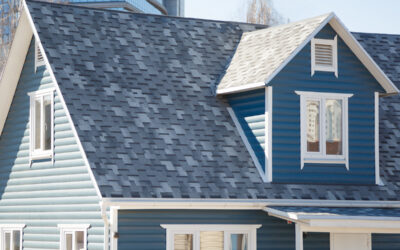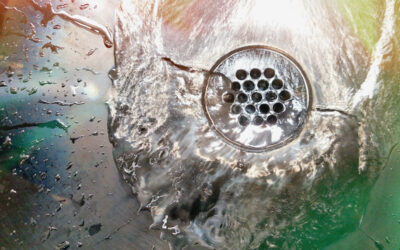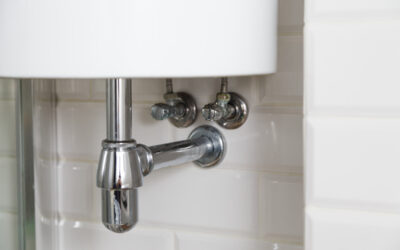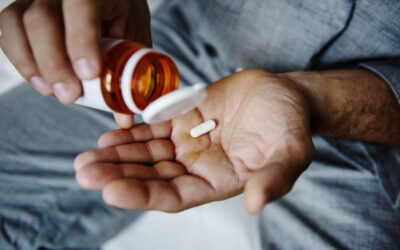When it comes to plumbing emergencies, being prepared can make all the difference in preventing further damage and saving you time and money. Creating an emergency plumbing kit is a smart move for any homeowner. In this guide, we’ll provide you with a checklist of essential items to include in your kit and offer guidance on how to use them effectively to handle minor plumbing issues.
Emergency Plumbing Kit Checklist:
- Plunger: A plunger is a must-have tool for clearing clogged sinks, toilets, and tubs. Make sure you have both a cup plunger for sinks and a flange plunger for toilets.
- Adjustable Wrench: An adjustable wrench is versatile and can be used for tasks like tightening loose fittings or disconnecting water supply lines.
- Pipe Tape (Teflon Tape): Use pipe tape to seal minor pipe leaks or to create a watertight seal when installing fixtures.
- Pipe Wrench: A pipe wrench is essential for more significant plumbing tasks, such as tightening or loosening threaded pipes.
- Bucket: Keep a sturdy bucket handy to catch water from leaks or as a container for debris when working on plumbing repairs.
- Plumber’s Tape: This tape is specially designed for sealing threaded pipe connections, preventing leaks.
- Caulk and Caulking Gun: Caulk is useful for sealing gaps and cracks around fixtures and pipes to prevent water leaks.
- Flashlight: A reliable flashlight is crucial for inspecting dark and hard-to-reach areas of your plumbing system.
- Cup or Container: A container can be used to collect water when you need to make repairs or shut off water to a specific fixture.
- Gloves and Safety Goggles: Protect your hands and eyes when working on plumbing repairs, especially if you’re dealing with chemicals or dirty water.
- Plumbing Snake (Auger): A plumbing snake is handy for clearing stubborn drain clogs that a plunger can’t handle.
- Pipe Repair Clamp: In case of a burst pipe, having a pipe repair clamp can temporarily stop the leak until a professional can assess the damage.
Using Your Emergency Plumbing Kit:
- Assess the Situation: Before you start any repairs, assess the plumbing issue and decide whether it’s something you can handle with your kit. If you’re unsure, it’s best to call a professional plumber.
- Turn Off the Water: If the issue involves a leak or flooding, locate and shut off the water supply to the affected area or fixture.
- Follow Safety Precautions: Wear gloves and safety goggles to protect yourself from any potential hazards.
- Use the Right Tools: Use the appropriate tool from your kit for the task at hand. For example, use a plunger for clogs and an adjustable wrench for loose fittings.
- Take Your Time: Plumbing repairs require patience. Follow instructions carefully and don’t rush the process.
- Know When to Call a Professional: If the problem is beyond your expertise or requires specialized tools, don’t hesitate to call a professional plumber.
Having an emergency plumbing kit on hand can help you tackle minor plumbing issues and prevent further damage during emergencies. However, remember that safety should always come first, and for complex or severe plumbing problems, it’s best to seek the assistance of a qualified plumber. With your emergency plumbing kit and a bit of know-how, you’ll be better prepared to handle unexpected plumbing issues in your home.





